California has been conducting fairs for more than 140 years, with the first state agency fairs established by law before the Civil War.
Today, the state’s network of fairs includes 78 fairs operating under a variety of governance structures, including 52 district agricultural associations (state agency fairs) of which the Sonoma-Marin Fair is one; 23 county fairs; two citrus fairs; and the California Exposition and State Fair. Because of the 2020 COVID 19 pandemic, many of these fairs were canceled or occurred virtually.
The first Sonoma Marin Fourth District Agricultural Fair opened in August 1936 and has operated continuously with exception of 1943, 1944, and 1945 due to World War II. Now, another threat caused a fourth cancellation – this time an international health emergency.
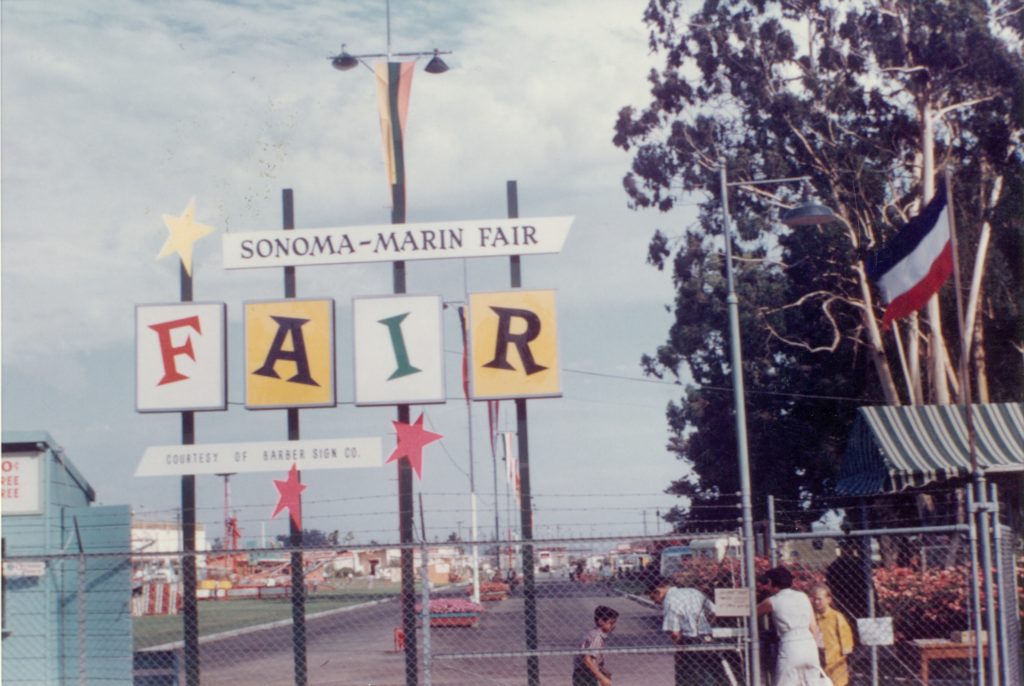
Upon hearing the news, I pulled out the research I did for the Fair’s 75th-anniversary museum exhibit of 2014. I enjoyed the trip down memory lane and hope you will as well as I share a bit of fair history here.
The Sonoma-Marin 4th District Agricultural Fair as we know it today is an outgrowth of local fairs whose history goes back to 1859 when the Sonoma Marin Agricultural and Mechanical Society was organized and held its first fair in Healdsburg. The second fair held by this group was in Petaluma in 1860, and in subsequent years, it was held in Santa Rosa, Sonoma, and Napa. In 1862 the name was changed to the San Pablo District Agricultural Society. After the sixth fair, held in Napa in 1864, the society seems to have dissolved.
The Sonoma and Marin District Agricultural Society was the next organization to form with June 6, 1867, as its incorporation date. However, their first exhibition was held in 1866.
The fairgrounds then were located at Straubville at the intersection of Middle Two Rock and Bodega Avenue and later on Fair Street where Petaluma High School stands today.
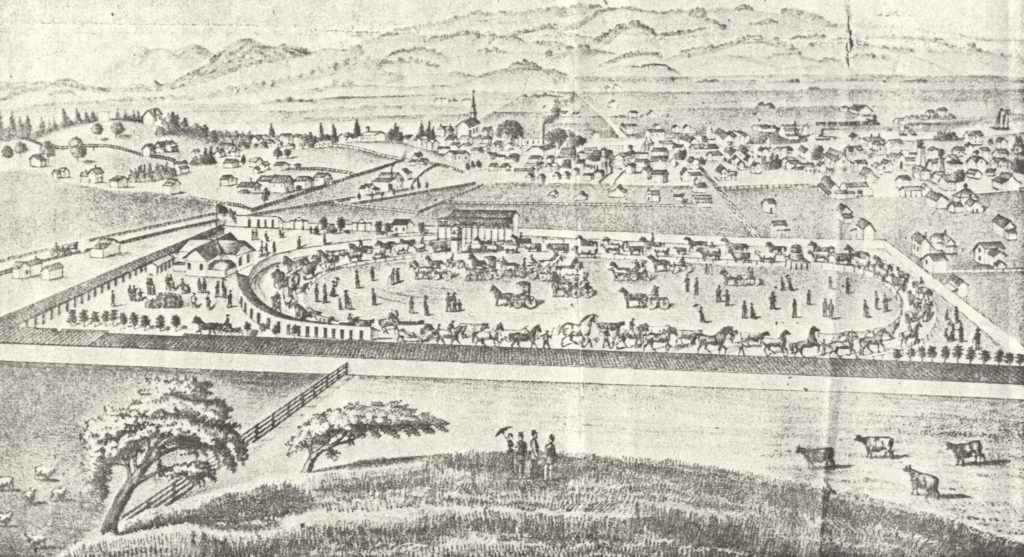
On August 30, 1882, the Sixteenth Annual Exhibition of the Sonoma and Marin District Agricultural Society was held for the first time on the site of the present Petaluma fairgrounds on Payran and Washington Streets. The event was an unprecedented success with more people attending than ever before.
The new fairgrounds, described as one of Petaluma’s most attractive sites, would serve as a popular destination for visitors statewide. Much attention was given to the beautification of the grounds. Ornamental trees were planted and walkways and drives carefully laid out. Main features of the fairgrounds were the one-mile race track, stock grounds, and pavilion where exhibits of all sorts were put on display including Isaac Dias’ eleven patented egg incubators. Receipts for the four-day fair amounted to nearly $11,000, which included $1,500 from a State appropriation.
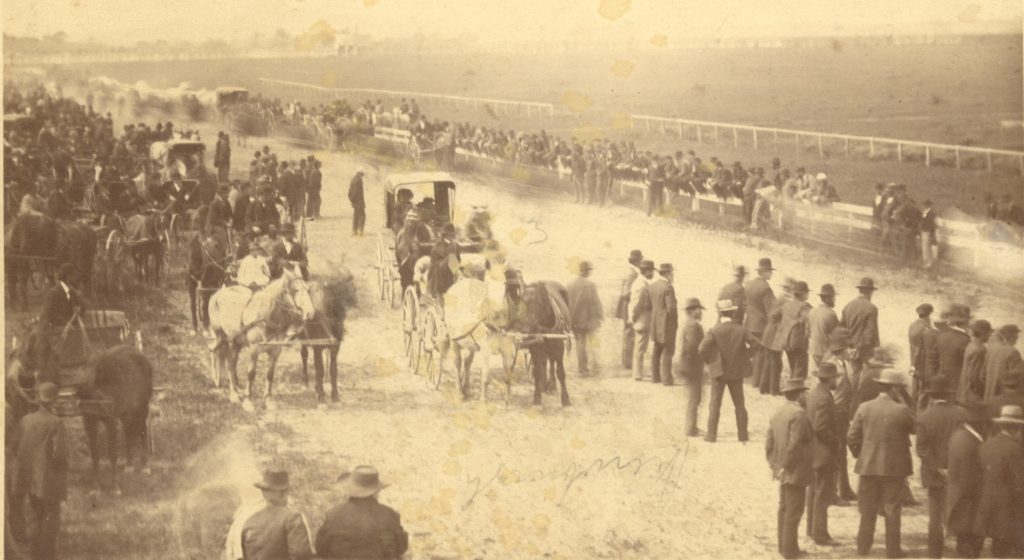
Use of the fairgrounds was not limited to a once a year event. Horse shows and races, Fourth of July celebrations, baseball games, and community events such as those sponsored by cultural and fraternal organizations are just a few examples of other activities to take place on the property.
By opening day of the 1889 “fair week”, a streetcar line provided services to the fairgrounds from west Petaluma.
In 1897 the Petaluma Savings Bank brought suit against the Sonoma and Marin Agricultural Society for the recovery of $9,000 with interest and attorney fees in the amount of $500 and costs of the lawsuit. The agricultural park was then sold under and by virtue of a decree of foreclosure, to Colonel Dolph B. Fairbanks, representing the Petaluma Savings Bank, for $10,270.
It was the race track, considered one the best in the North Bay, that prompted horse trainer Harry Stover to purchase the fairgrounds from the Wickersham Estate in 1902. Stover operated a breeding farm and training race track at the fairgrounds that some described as a miniature Santa Anita. It was Stover’s most famous horse, Kenilworth, whose name was given to the park which continued to be a popular site for picnics, concerts, auto racing, and baseball games.
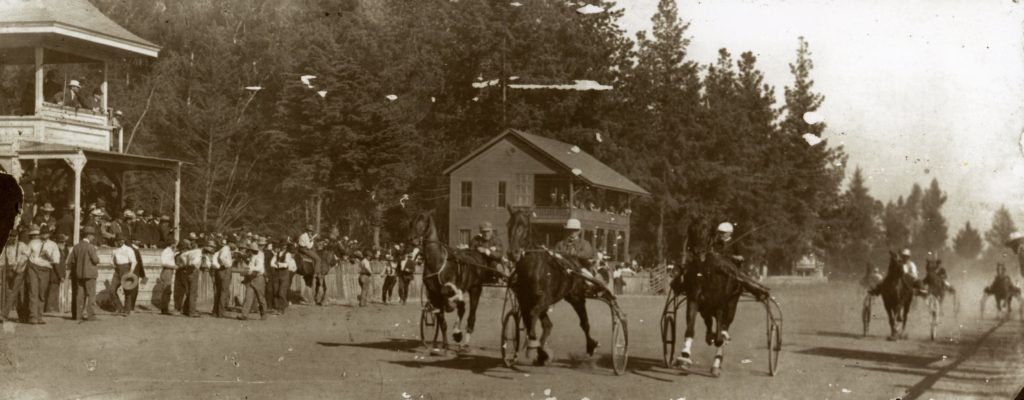
Kenilworth Park served as a temporary home for the Protestant Orphan Asylum of San Francisco following the 1906 earthquake. Mr. Stover donated the use of the park and pavilion and Mrs. Nettie McNear, a longtime matron of the orphanage and former Petaluma resident, took charge of the operation which provided shelter for an estimated 210 children for six months.
This San Francisco orphanage continues to operate today and is known as the Edgewood Center for Children and Families. It is the oldest children’s nonprofit in the western United States.
The City of Petaluma purchased Kenilworth Park from Harry Stover’s estate in 1911. The property was described as a “garden spot” consisting of a “splendid” mile track, grandstand, pavilion, and a forest of shade trees at the time. The city planned to maintain the property as a public park and recreation area. Within a few years, a free auto campground, along with several other amenities, was established.
In 1936, a reorganized Fourth Agricultural District Fair board and members of Petaluma’s City Council entered into an agreement. The Fair Board would lease Kenilworth Park from the City of Petaluma and be given full control of the property. The fair board needed to have complete control so they could apply for a federal Works Progress Administration (WPA) grant. The application to the WPA could not be made jointly.
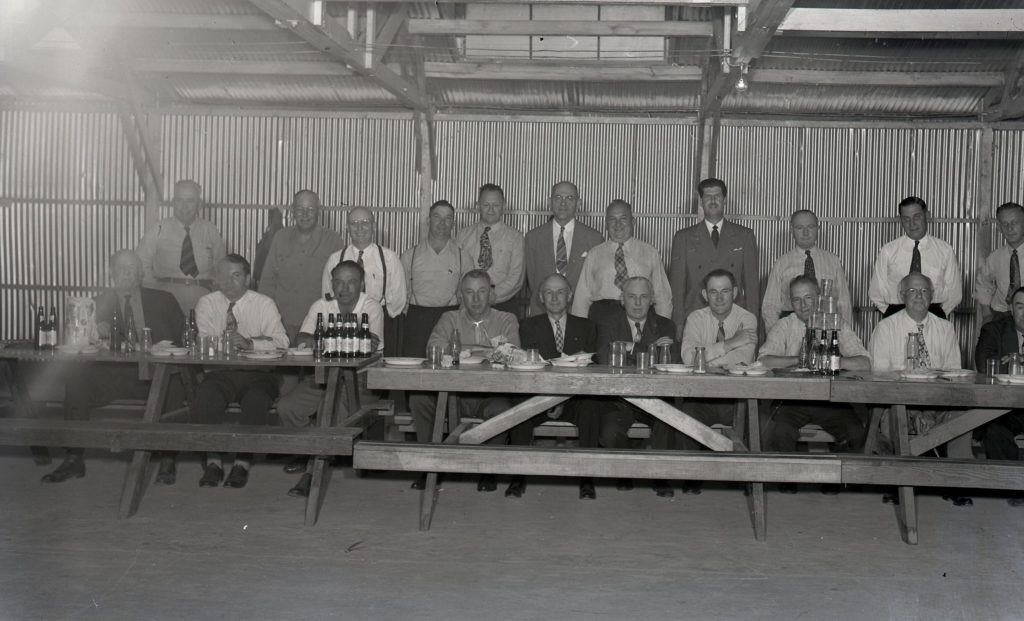
The first actual work to be conducted under the WPA occurred in July 1936 when a government engineer visited Petaluma and gathered information for a project that would involve cleaning up Kenilworth park and making repairs to several of the stock sheds and other buildings in preparation for the 1937 fair.
According to government statistics, Sonoma County ranked eighth in the United States in agricultural wealth in 1936. It was felt that a district in which agriculture played such an important part should make every possible effort to properly advertise its products to the world.
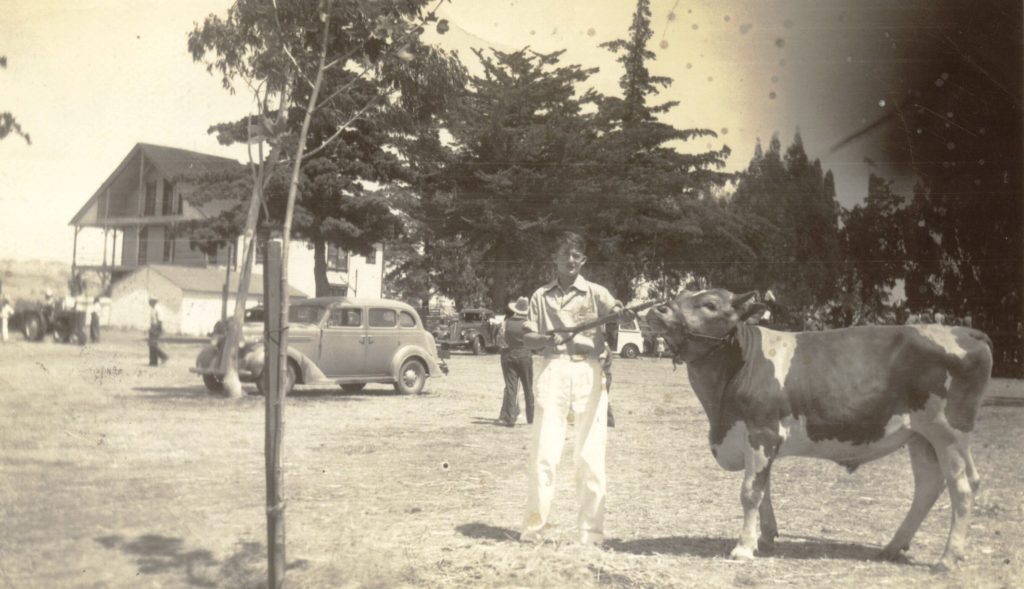
W. H. Van Dyke, an agricultural instructor at Petaluma High School served as manager for the two-day fair held on August 14 and 15. Exhibits of livestock and poultry were presented by Future Farmers of America from five Sonoma and Marin county high schools. The event was a success with 118 prizes awarded to exhibitors and as a Petaluma Argus-Courier editorial put it “future farmers had been stimulated to greater efforts in the improvement of farm products. Better farm animals, better fruits and vegetables, and grains mean greater future income for the agriculturist.”
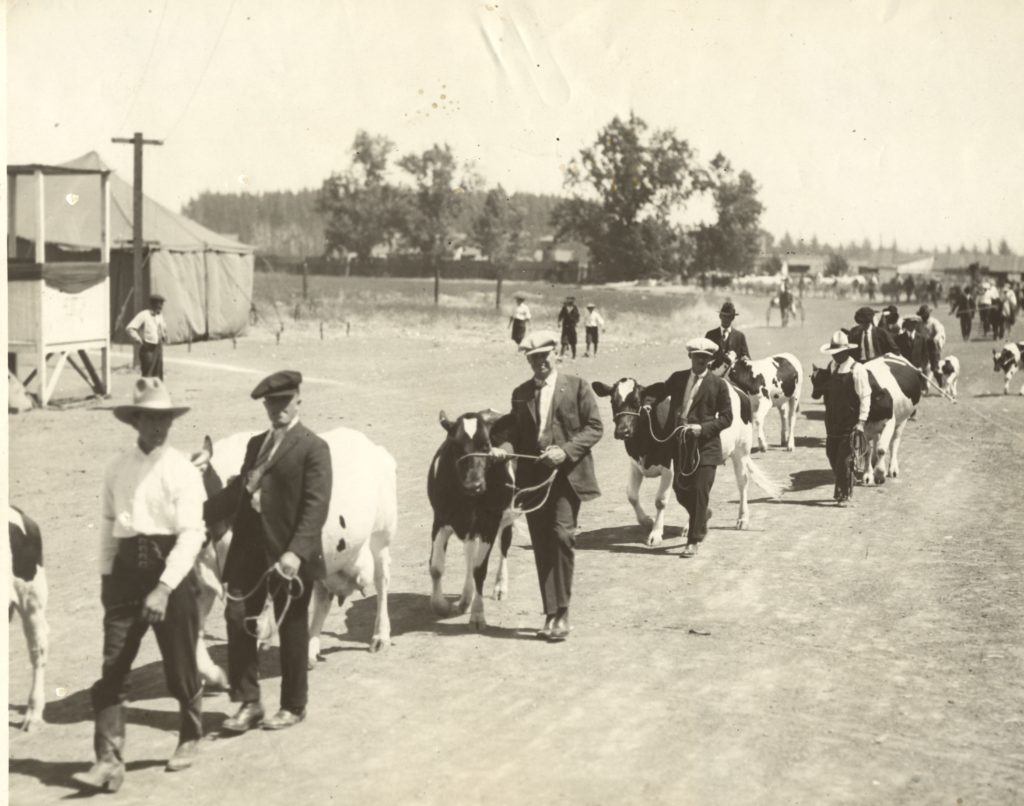
Fair buildings in 1936 consisted of three small sheds, 56 stalls for cattle, a shed for poultry, a clubhouse that served as the former jockey quarters from the earlier years, and a grandstand.
The Fair board relied on San Francisco architect, Wilbur D. Peugh a 1923 graduate of UC Berkeley, for recommendations on how to plan for the future development of the fairgrounds.
In 1938 two poultry houses, forty-one stalls for sheep and dairy cattle, a judging ring with bleacher capacity for 300 people, a wash rack, and a board fence on the east side of the fairgrounds were constructed.
During World War II, the fairgrounds housed U.S. military personnel. According to local newspapers, the Petaluma Red Cross hosted a Christmas party for 250 servicemen stationed at Kenilworth Park in 1943.
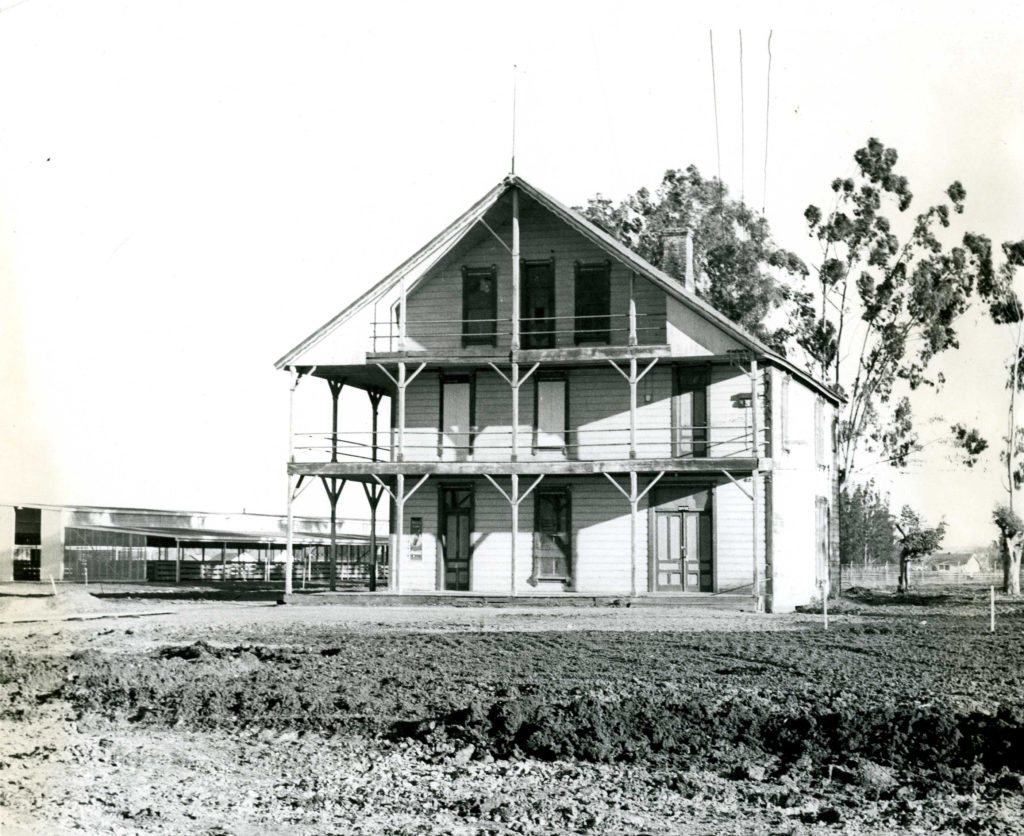
Expansion of the fairgrounds began in earnest in 1948 following the preparation of a 1946 Master Plan. Improvements included a $35,000 horse barn and two cattle barns at $45,000 each, and two years later added one more barn at $34,000, followed consecutively by a swine and sheep barn at $26,050 each; sheep and swine judging rings, $12,267 each; two comfort stations at $7,262 each; a $520,000 grandstand, a $25,000 poultry building, an administration building at $12,021.50; a restaurant, $27,879.17; a dormitory,$27,583.06; a cattle judging ring at $28,323.06; and over eight acres of lawn and flowers.
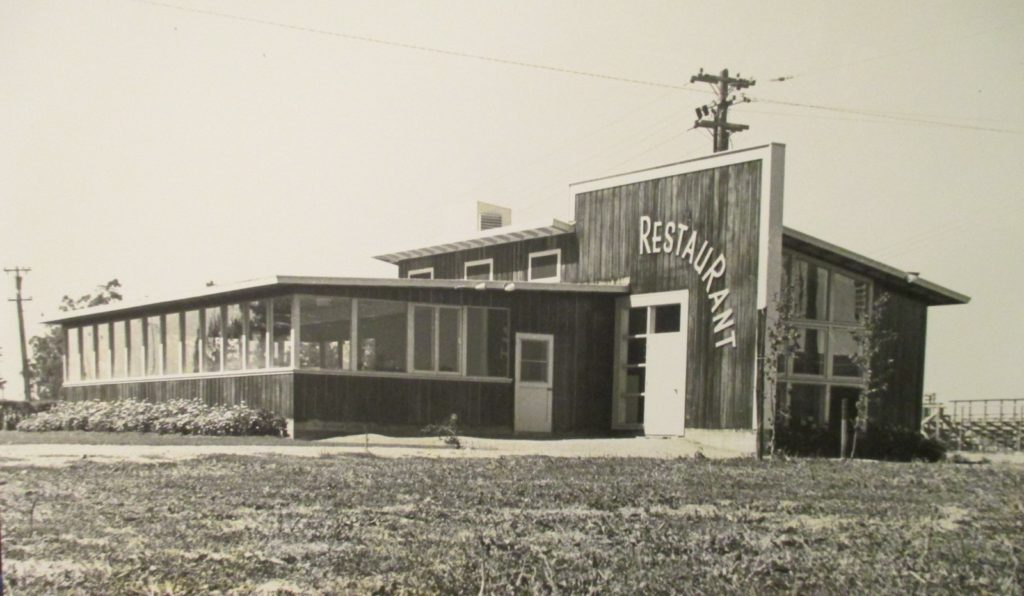
Today, the directors and staff of the Sonoma-Marin Fair continue to promote agriculture as well as offer a wide variety of entertainment – the internationally acclaimed Ugly Dog contest, live music, carnival rides, and opportunities for individuals of all skills levels and ages to showcase their artistic, horticultural and culinary talents.
Although unable to attend the Sonoma-Marin Fair in person this summer, virtual fair exhibits, competitions, and other activities were held between June 24 and June 28, 2020.
In the meantime, just as we’ve seen in the past when faced with local, state, and national crisis, the Sonoma Marin Fairgrounds and those who manage it continue to serve an important role assisting those in need.
CEO, Allison Keaney reports that she and her staff are supporting the community during the pandemic in any way they can. Recent efforts have included hosting the Redwood Empire Food Bank for a bi-monthly (soon to be weekly) distribution; coordinating with Vitalant blood bank for a two-day blood drive at Herzog Hall, and working with the City of Petaluma on a food drive project.
Drive-in movies, put on by Bay Area Pop Up Events, are also being shown at the Sonoma-Marin Fairgrounds.
But as is the case with other fairs across the country, the Sonoma-Marin Fair is experiencing significant economic hardship due to COVID 19 imposed closures. To learn more about what you can do to prevent closure of the Sonoma-Marin Fair and the 75 other fairgrounds operating in the state of California go to the California Fairs Alliance website.
Another version of this article appeared in the June 2020 edition of the Sonoma-Marin Farm News published by the Sonoma County Farm Bureau.
